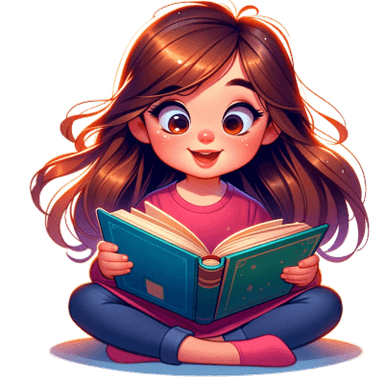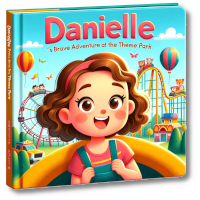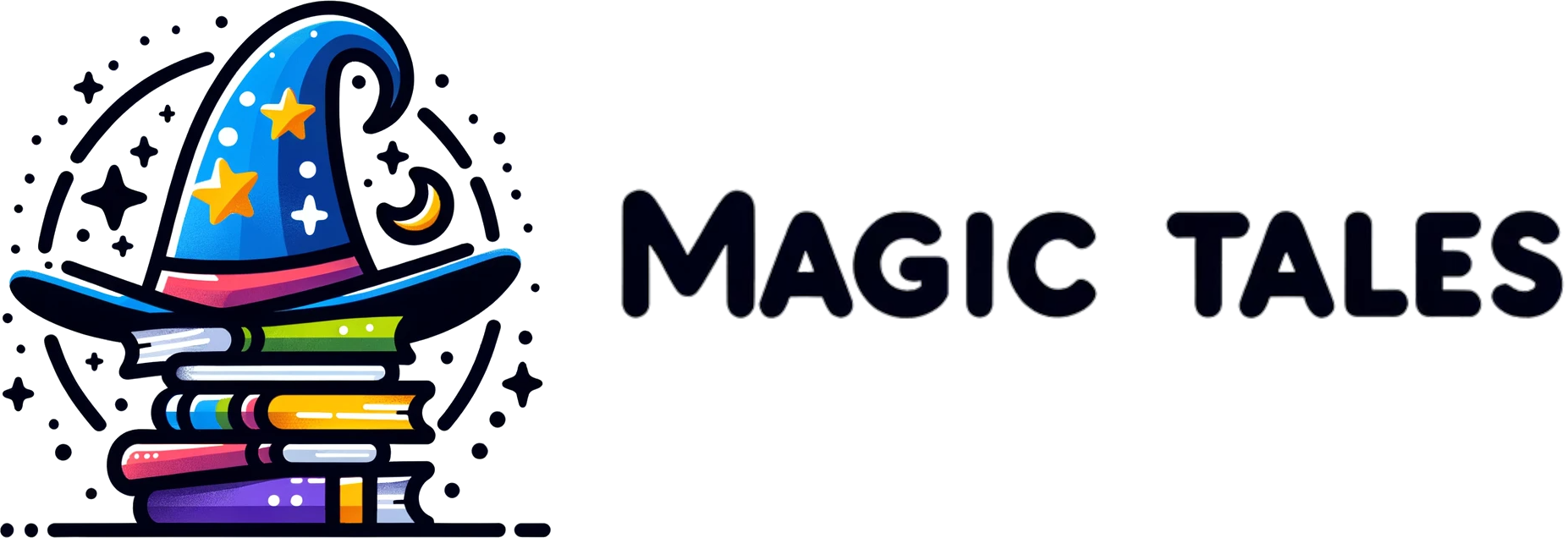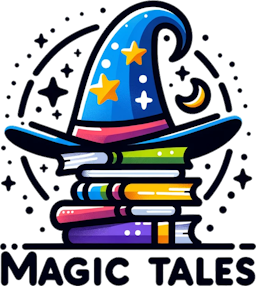Reading with children
a blog by Magic Tales

Unraveling Secrets: The Art of Resolving Conflicts in Children's Literature Decoded
“We worry about what a child will become tomorrow, yet we forget that he is someone today.” – Stacia Tauscher.
Children are inherently curious beings, eager to explore the vast cosmos of knowledge they can access through reading. However, what happens when they encounter conflict in their world of magic carpets and enchanted forests? Let's delve into the psychology of resolving conflicts in children's literature and how it helps in shaping their cognitive development.
Conflict Resolution: The Heart of a Tale
In essence, every story, whether children's literature or adult fiction, centres around conflict and its subsequent resolution. In children's books, these conflicts are woven with elements that a child can grasp, intuitively understand, and learn from. These elements can range from good vs evil, self-discovery, overcoming fears, or simply resolving a petty quarrel with a friend. Resolving these conflicts contributes significantly to cognitive and social development in children.
Conflicts and Child Psychology
As children navigate through the story's maze, they're subconsciously attending a workshop on conflict management! They learn to view struggles from different perspectives, helping them understand diverse viewpoints. This encourages empathy and promotes social skills, as they learn to respect others' feelings and thoughts.
Awakening The Problem Solver
Children's literature often shows characters solving problems with creativity and resilience. As children watch their beloved characters tackle roadblocks, they learn to approach their obstacles similarly. They identify themselves with the characters and imagine being in their shoes. This could greatly stimulate their problem-solving skills and encourage them to think outside the box.
From the Pages to the Real World
The psychological effect doesn’t just stop at learning; it's about translating these lessons into real life! By observing conflict resolution in stories, children can draw parallels and apply them to their everyday lives. This process enhances their decision-making skills and helps them become more compassionate individuals.
Emotional Resilience in the Making
Children's literature is a gentle way to introduce kids to difficult situations and emotions. As they witness characters struggling, failing, and eventually overcoming hurdles, they get acquainted with the concept of failure and success. Subtly, they also learn the art of resilience, understanding that 'failing' is not the end of the world, but just part of the journey towards resolution.
Concluding Thoughts
Children's books possess the extraordinary power to mold young minds, preparing them for the vicissitudes of life. In the guise of whimsical fairytales or adventurous journeys, these books imbibe essential coping skills in children. So, the next time you select a book for your little one, remember that you're not just picking a pastime; you're nurturing a mindset!
'In the end, we'll all become stories' - Margaret Atwood. Let's ensure our children become stories of compassion, resilience, and understanding.
Want a personalized book to read with your child about Resolving Conflict?
Takes as quickly as 30 seconds to create
Create a book about Resolving Conflict

